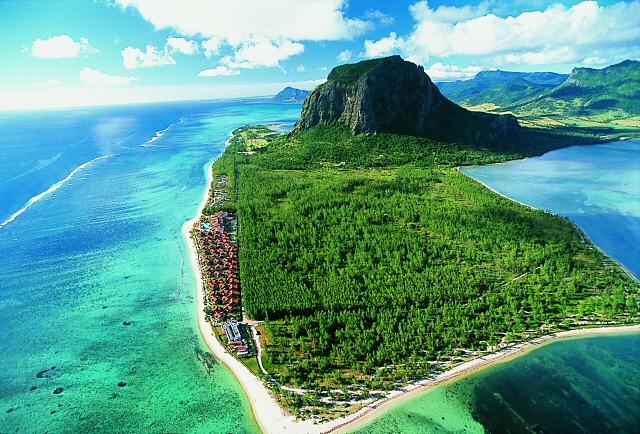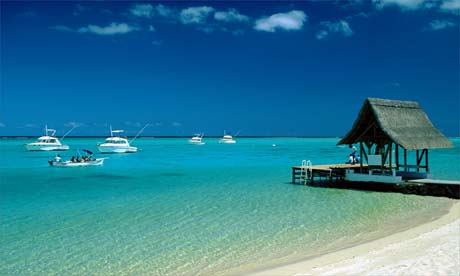Tahiti
Bora Bora isn't the only paradise place in that part of the world.
There is Tahiti!
Tahiti is the largest island in the Windward group of French Polynesia, located in the archipelago of Society Islands in the southern Pacific Ocean. The island had a population of 178,133 inhabitants according to the August 2007 census.[1] This makes it the most populated island of French Polynesia, with 68.6% of the total population. The capital is Papeete, on the northwest coast.
Tahiti . . . the very name evokes images of exotic tropical islands. They are images well deserved, for the beauty of the islands is matched by the spirit of the Polynesian people and the richness of their cultural traditions.
Today Tahiti is a modern Pacific nation whose population is a cosmopolitan blend of ancient Polynesian heritage and French élan. Most of the Tahitians you will meet at the Polynesian Cultural Center have learned English as their third or even fourth language. For example, most of them grew up speaking Tahitian or another island dialect such as Tuamotu, then learned French in school and English as an elective. While the overlay of French culture and influence is undeniable, the Tahitians still take great pride in their ancient Polynesian heritage.

French Polynesia is a mesmerising wonderland of reef-fringed islands and translucent aqua lagoons. Shamelessly chic and seductive, it's the kind of place where the rich and famous come to play and hedonistic honeymoon fantasies are realised. The epitome of the Pacific dream, this is one Garden of Eden so damn beautiful it's hard to believe it really exists.

So if you get the chance to visit French Polynesia and Tahiti, dont miss on it!
Check out for more information about Tahiti, French Polynesia and theTuamotu Archipelago, learn the history, mustsee and mustdo in that part of the world.
Read more...











